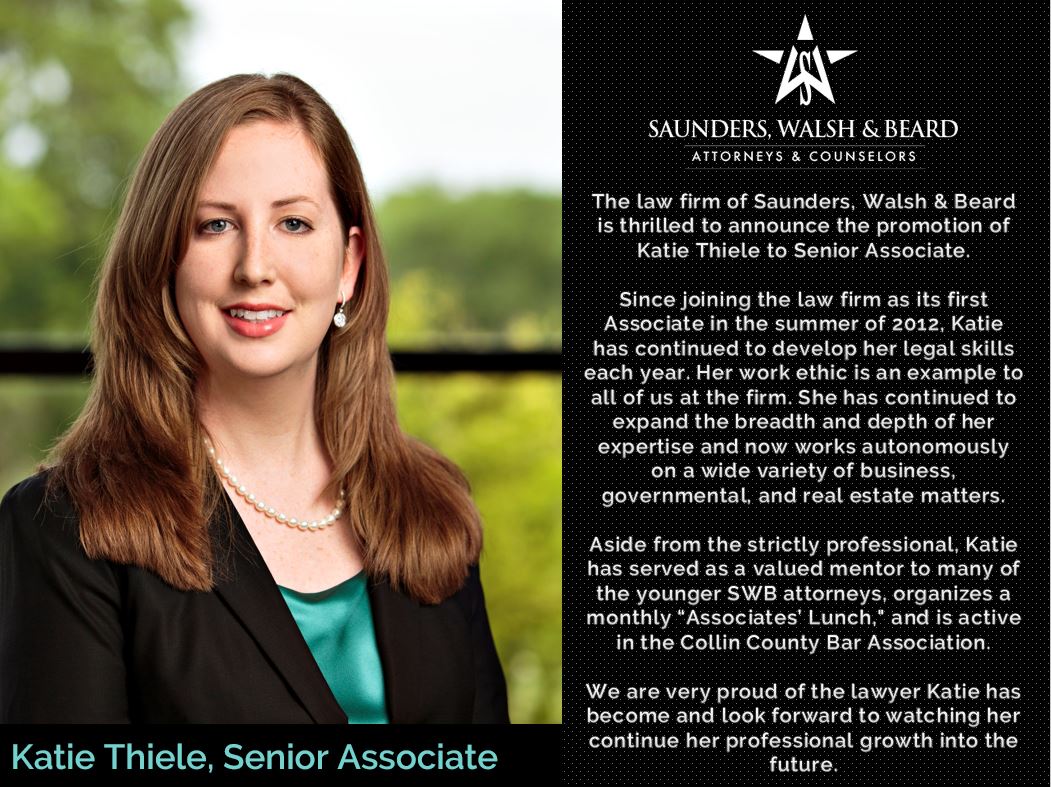Most business-interruption coverage includes losses from physical damage caused by hurricanes, fires, winds or theft—not a virus. Lawmakers have recently urged insurers to provide business interruption coverage under existing commercial property policies for companies’ losses due to closures tied to the novel coronavirus (COVID-19). These initial legislative efforts mark a good first step in trying to address companies’ business interruption coverage needs as the coronavirus crisis unfolds, but these matters are complex and will dictate the ultimate survival of countless businesses.
At Saunders Walsh & Beard, we help our clients (large and small) get the insurance coverage they paid for when they purchased their insurance policy. Two of our partners–Alex Beard and Mark Johnson–each have decades of experience dealing with insurance companies and analyzing insurance policies.
If your business has insurance coverage, but has been denied coverage for economic losses caused by government shutdowns over coronavirus, we welcome the opportunity to discuss your particular case or situation. We provide a free, initial review of your company’s insurance policy to assess the coverage that is afforded. If your company’s insurance claim has already been denied, we will analyze the insurance company’s position, determine whether it is correct, and advise you of your company’s rights.
Call us today and schedule a time when we can discuss your particular insurance-related issue or dispute.
In order to continue serving our North Texas community, Saunders, Walsh, & Beard has re-opened our office doors to visitors by appointment. For the safety or our team and any visitors to our office, we have implemented the following procedures for employees and visitors to be followed prior to entry into our office:
- Temperature check (100.4° or less) using a no-touch digital forehead thermometer;
- Short questionnaire to help confirm each employee/visitor is symptom-free and has had no known contact with anyone testing positive for COVID-19; and
- Diligent hand washing/sanitizing and adherence to recommended social distancing guidelines.
In addition to the steps listed above, we thoroughly clean and sanitize our common areas and high-touch surfaces periodically throughout each day.
Although many of our employees continue working remotely, we will continue to hold meetings via phone/videoconference and remain focused on delivering quality legal services to our clients.
It is in such times, we are reminded that we are not only your business partner but also a member of the wider community together with you, our clients. We all have a role to play in this evolving situation and we at Saunders, Walsh & Beard will endeavor to do our part.
On April 27, 2020, Governor Greg Abbott issued additional Orders regarding the re-opening of the Texas economy. Among other things, Governor Abbott has issued a Checklist applicable to All Employers in the State of Texas. Any employers with questions about the Texas Employer’s Checklist 4.27.20 or about re-opening their businesses, generally, should feel free to contact us at 214-919-3555.
DEALING WITH DEPARTING EMPLOYEES
3 Steps to Minimize The Risk of Your Secrets Walking Out the Door When a Key Employee Leaves
It happens often and in every type of business: a key employee notifies her supervisor that she has accepted a job with a competitor and will be leaving the company. The initial reaction is panic— “she can’t leave, she knows everything about our business, she knows all of our trade secrets, and she knows our confidential business strategies.” A call is made to outside counsel and everyone gears up for litigation against the former employee and her new employer. But, is that the only course of action? You may end up at the courthouse but there are steps you can take before filing suit to mitigate the risk that your trade secrets and confidential information will be at risk when the employee walks out the door–you just might be able to avoid the courthouse altogether.
-
Make every reasonable effort to retain the employee.
If you are dealing with a key employee whose departure will be costly to the organization, you should assess whether it is possible and desirable to retain the employee. Do not automatically assume the employee is out the door and cannot be convinced or enticed to stay. Whether it is an issue of compensation, additional vacation time, freedom to work on projects of her choosing, or some other non-monetary perk or benefit, employers should fully explore all available options at their disposal to retain the employee.
-
Negotiate assurances with the departing employee.
If retaining the key employee is not an option, meet with the person, ideally prior to the exit interview, to address the departing employee’s post-employment obligations with respect to the employer’s trade secrets and confidential information:
-
-
- Explain the importance of preserving the secrecy of the trade secrets and confidential information they had access to or developed during their employment.
- Discuss all confidentiality, nondisclosure and covenants not to compete that the person may have executed.
- Ask them if they have any questions or concerns about any areas of their work and any matters which may not be clear to them.
- Find out where the departing employee is going, what they will be doing, and when they plan to begin work for the new employer.
- Ask the employee two important questions: 1) are you certain you can perform your new job without using or disclosing our trade secrets and confidential information? 2) will you notify us if you are ever asked to use or disclose any of our trade secrets or confidential information?
- Have at least two persons present for the meeting and document the meeting with a checklist that the employee initials to indicate you covered the topics in your meeting.
-
-
Contact the new employer.
Consider contacting the new employer after your meeting and before the employee’s start date. The purpose of this contact is to inform the new employer that the departing employee executed one or more written agreements in which they agreed not to use or disclose confidential information and trade secrets belonging to the company. Describe the former employee’s work in general terms but provide enough specificity to place the new employer on notice of the areas you are most concerned about. Detail the efforts you have undertaken to obtain assurance from the departing employee that she will honor her obligations of confidentiality and that she has provided assurance her new job will not require her to use or disclose your trade secrets. Request confirmation from the new employer that they will not ask or allow her to use or disclose any of your trade secrets in her work for them.
Taking these steps will not eliminate the need for litigation in every departing employee situation. Sometimes, litigation may prove to be the only means of protecting against imminent use and disclosure of your trade secrets. But, when followed, these steps may reduce the number of lawsuits filed merely out of an abundance of caution, because an employee “inadvertently” disclosed trade secrets, or because a new employer was not aware of the former employee’s previous work. And if followed, these steps will strengthen the foundation of any trade secret litigation you may be forced to initiate.
For additional information about our Employment Law Practice or to make arrangements for an initial consultation with a lawyer call our law office directly at (214) 919-3555.





